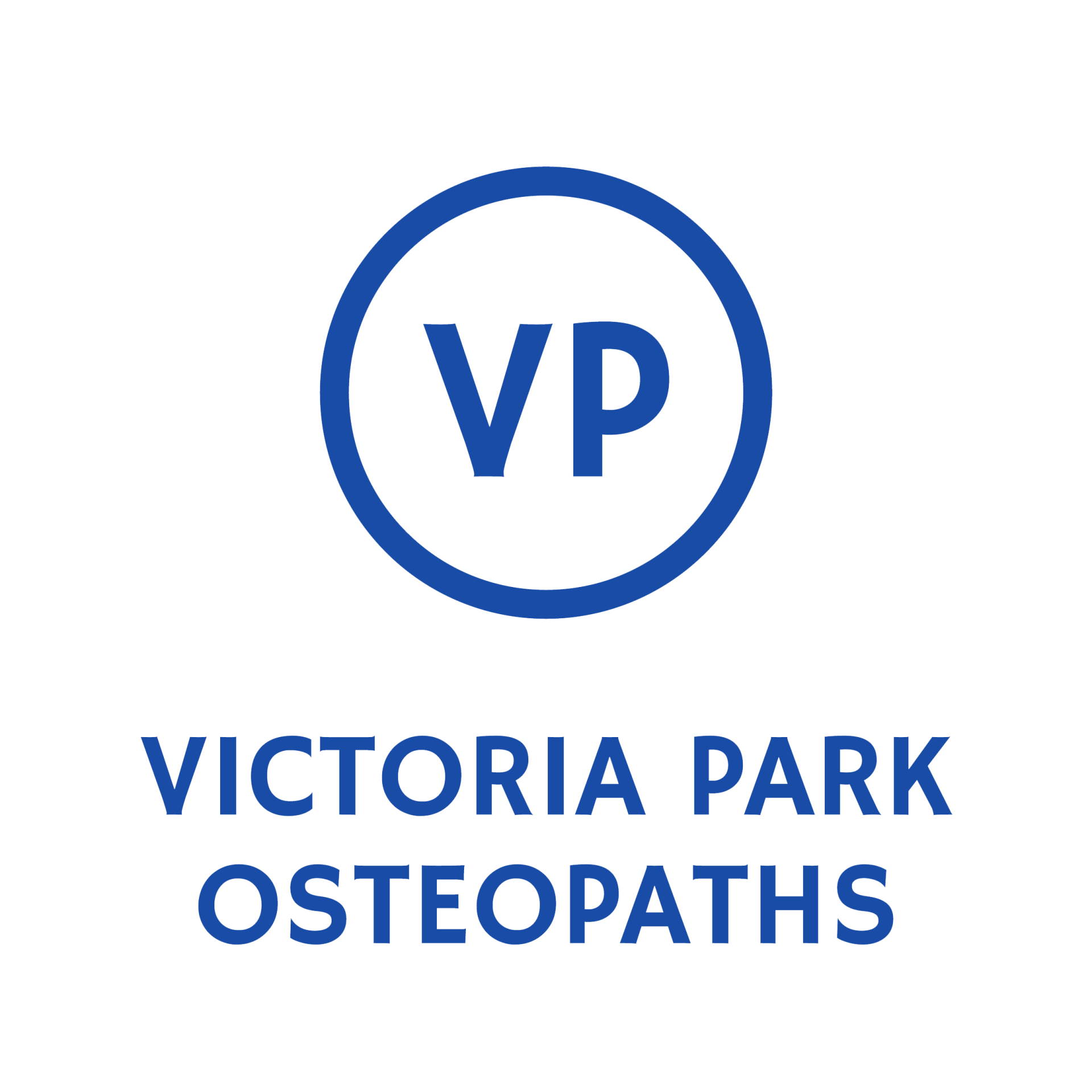What is a Migraine?
A migraine is a complex neurological headache disorder involving changes in the brainstem, blood vessels, and nerves, often with heightened sensitivity to sensory input. Migraines can be with or without aura and range in intensity and duration.
They may be triggered by hormones, stress, poor sleep, certain foods, or neck/jaw tension.
Symptoms & What You May Experience
Typical features include:
- Throbbing or pulsating headache, often one-sided
- Pain lasting 4 hours to 3 days
- Sensitivity to light, sound, or smells
- Nausea or vomiting
- Blurred vision or visual disturbances (aura)
- Brain fog or fatigue before or after attacks
- Neck stiffness or achiness around the shoulders
- Worsening with activity or movement
Some experience warning signs (prodrome), such as yawning, mood changes, or cravings.
What causes a Migraine?
Migraines may be triggered by:
- Hormonal fluctuations
- Stress or emotional load
- Neck/jaw tension or poor posture
- Fatigue or disrupted sleep
- Dehydration or skipping meals
- Certain foods (e.g. wine, chocolate, cheese)
- Bright lights or strong smells
- Weather changes or sensory overload
There is often a combination of neurological, vascular, and musculoskeletal factors.
How We Help (At Victoria Park Osteopaths)
While osteopathy doesn’t “cure” migraine, it can reduce frequency, severity, and muscle-driven triggers:
- Gentle manual therapy to neck, shoulders, and upper back
- Soft tissue release to reduce tension around the jaw, scalp, and neck
- Postural correction for desk use, sleep positions, or TMJ strain
- Joint mobilisation to improve cervical and thoracic mobility
- Breathing and relaxation strategies
- Advice on triggers, movement, hydration, and pacing
- Collaboration with GP for medication where appropriate
We help reduce muscular and mechanical contributors to migraine episodes.
Recovery Time & What to Expect
- Many may notice improvements over 4–8 weeks with regular treatment
- Reduced muscle tension may lessen headache frequency and intensity
- Long-term management may involve posture work and self-care strategies
When to Seek Medical Review / Red Flags
Consult your GP or urgent care if you experience:
- Sudden, severe “thunderclap” headache
- Visual loss, slurred speech, or weakness
- Headache after head injury
- Fever or stiff neck
- New migraine pattern after age 50
- No response to usual treatment


